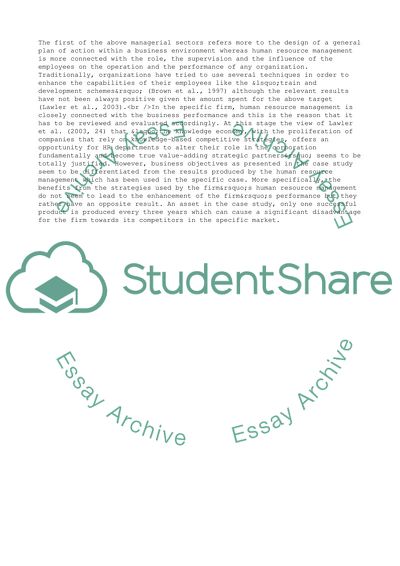Cite this document
(Performance Management and Employee Relations Assignment - 1, n.d.)
Performance Management and Employee Relations Assignment - 1. https://studentshare.org/management/1704380-performance-management-and-employee-relations
Performance Management and Employee Relations Assignment - 1. https://studentshare.org/management/1704380-performance-management-and-employee-relations
(Performance Management and Employee Relations Assignment - 1)
Performance Management and Employee Relations Assignment - 1. https://studentshare.org/management/1704380-performance-management-and-employee-relations.
Performance Management and Employee Relations Assignment - 1. https://studentshare.org/management/1704380-performance-management-and-employee-relations.
“Performance Management and Employee Relations Assignment - 1”. https://studentshare.org/management/1704380-performance-management-and-employee-relations.


